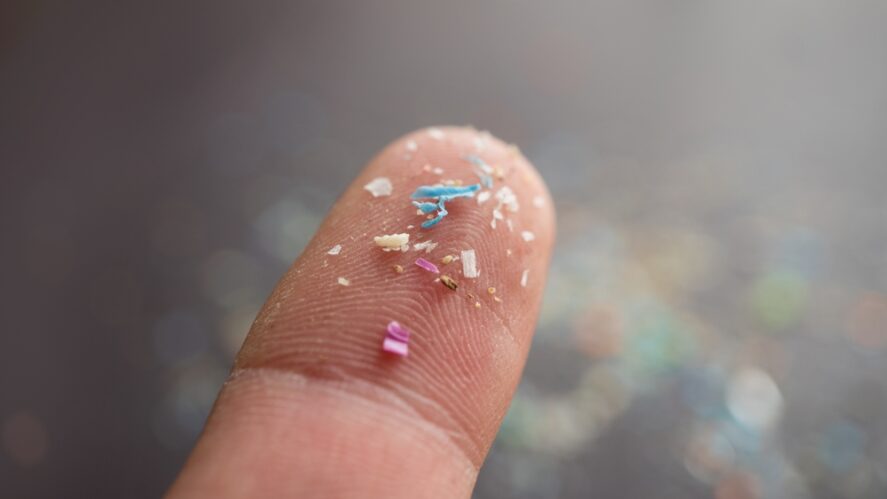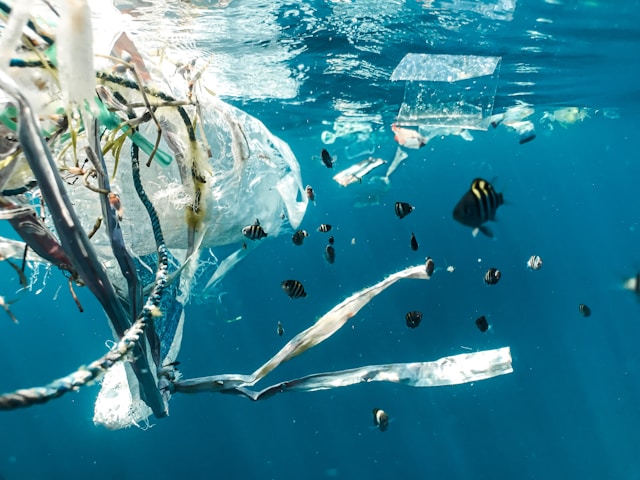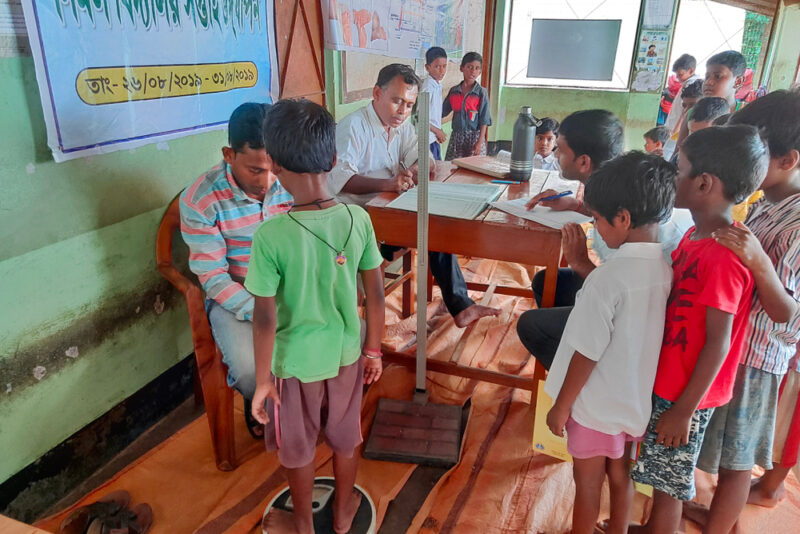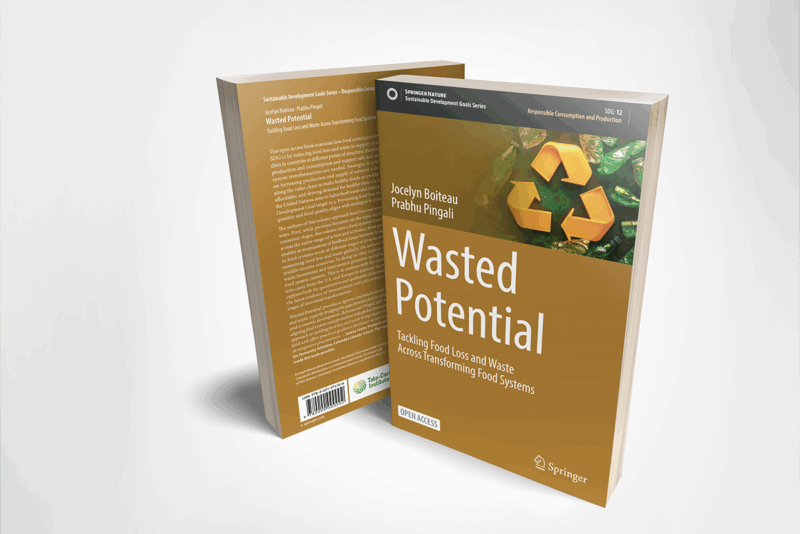Microplastics: From Waste to Plate

Recent research has revealed a frightening reality: on average, we are consuming the equivalent of one credit card of plastic every week. That’s right, every week, we unknowingly ingest microplastics—tiny plastic particles that have found their way into our food system.
What’s even more disturbing is that plastics have been found in commercially available salts, highlighting how deeply plastic has become ingrained in our daily lives. This points to an undeniable fact: plastics have become a pervasive part of our food system, and we are consuming them without even realizing it.
From the deepest oceans to the highest mountains, and even in the air we breathe, plastics have become a nearly omnipresent form of pollution. Their growing presence as tiny, often invisible particles is now found in nearly every corner of the planet and across ecosystems, marking them as one of the most urgent environmental issues today. Have you ever wondered what those omnipresent tiny particles are, how they enter the food system, and what implications they have for human health and the environment?
What are microplastics?
Microplastics are plastic particles that are smaller than 5 millimeters in size, often invisible to the naked eye. These particles are small enough to be carried by wind, water and ocean currents, making them an incredibly pervasive pollutant.
Microplastics come from two primary sources:
- Primary microplastics: Intentionally produced small plastic particles used in products, like microbeads in cosmetics and synthetic fibers in clothing.
- Secondary microplastics: These form when larger plastic items, like bottles and bags, break down over time due to sunlight, weathering and biodegradation.
How microplastics enter the food chain: a startling journey
In 2023, the world produced a stunning 413 million metric tons of plastic, with projections for over 1,100 million metric tons in 2050. Most of this plastic is not recycled. Less than 10% of all plastic waste from 1950 to 2017 was recycled. The rest either sits in landfills or is burned, contributing to ongoing pollution.
Discarded plastic eventually breaks down into microplastics, which are carried by wind, water, and ocean currents. These particles have infiltrated nearly every ecosystem, from the deepest oceans to the most isolated regions of our planet. Annually, an estimated 4.8 to 12.7 million tons of plastic waste end up in the oceans, wreaking havoc on marine ecosystems.
These microplastics persist and silently pollute the environment over time. The pervasive integration of microplastics into our food system is a shocking reality that warrants critical examination.
The toxic ripple through ecosystems
Microplastics cause widespread damage to ecosystems, impacting not just oceans but also freshwater environments. The particles are ingested by marine organisms like phytoplankton, blocking their ability to photosynthesize and absorb harmful chemicals, triggering a domino effect. The contaminants bioaccumulate as they ascend the food chain, affecting zooplankton, small fish and larger species like marine mammals, disrupting natural processes and biodiversity, making microplastics a burgeoning environmental crisis.

Plastic waste threatens ocean ecosystems. (Photo by Naja Bertolt Jensen/Unsplash)
Microplastics also threaten critical ecosystems like coral reefs and mangroves. Mangroves, vital for carbon sequestration and coastal protection, are damaged by plastic pollution. Coral reefs, crucial for marine biodiversity and local economies, are increasingly vulnerable. Microplastics compromise corals’ ability to withstand environmental stress, accelerating the decline of already endangered ecosystems.
Microplastics also absorb persistent organic pollutants—toxic chemicals commonly found in seawater. The microplastics transfer these dissolved toxins to the organisms that consume them, creating a toxic ripple through the whole food chain. Humans are not immune to this threat, as we unknowingly consume seafood contaminated with microplastics and harmful toxins.
The silent threat to human health
Microplastics pose growing health risks as we ingest them through contaminated seafood. Along with microplastics, we consume harmful chemicals like pesticides, heavy metals and persistent organic pollutants. These toxins accumulate in marine organisms and enter the human food chain. This bioaccumulation increases as toxins move up the food chain from plankton to fish and eventually to humans, a process called biomagnification.
The implications for human health are alarming, as biomagnified contaminants may accumulate in our bodies, leading to endocrine disruption, immune system impairment and potentially increased cancer risk. While research is ongoing, the rising presence of microplastics in our food system remains a significant health threat.
Global crisis to Kerala: a local perspective
Microplastics have become a pervasive global issue, infiltrating ecosystems across the world—from the deepest oceans to the highest mountains. In India, the problem is widespread, but the issue is particularly concerning in Kerala, with its abundant bodies of water and fish-dependent economy. As microplastics infiltrate the waters that sustain Kerala’s ecosystems, they threaten both the environment and public health.
This blog highlighted the global impact of microplastics. In the next post, we’ll explore how they affect Kerala’s ecosystem and the public health of its residents. The global crisis is now a local issue, reminding us that the reach of pollution knows no boundaries, and the time to address it is now.
Rajamanickam Marimuthu Gurusamy is a Hubert H. Humphrey Fellow in the Department of Global Development at Cornell University, specializing in water management and agricultural development. He is a distinguished Indian Administrative Service (IAS) officer in the government of Kerala.
Featured image: The presence of microplastics in human food systems poses a threat to public health. (Photo by SivStockStudio/Shutterstock)





